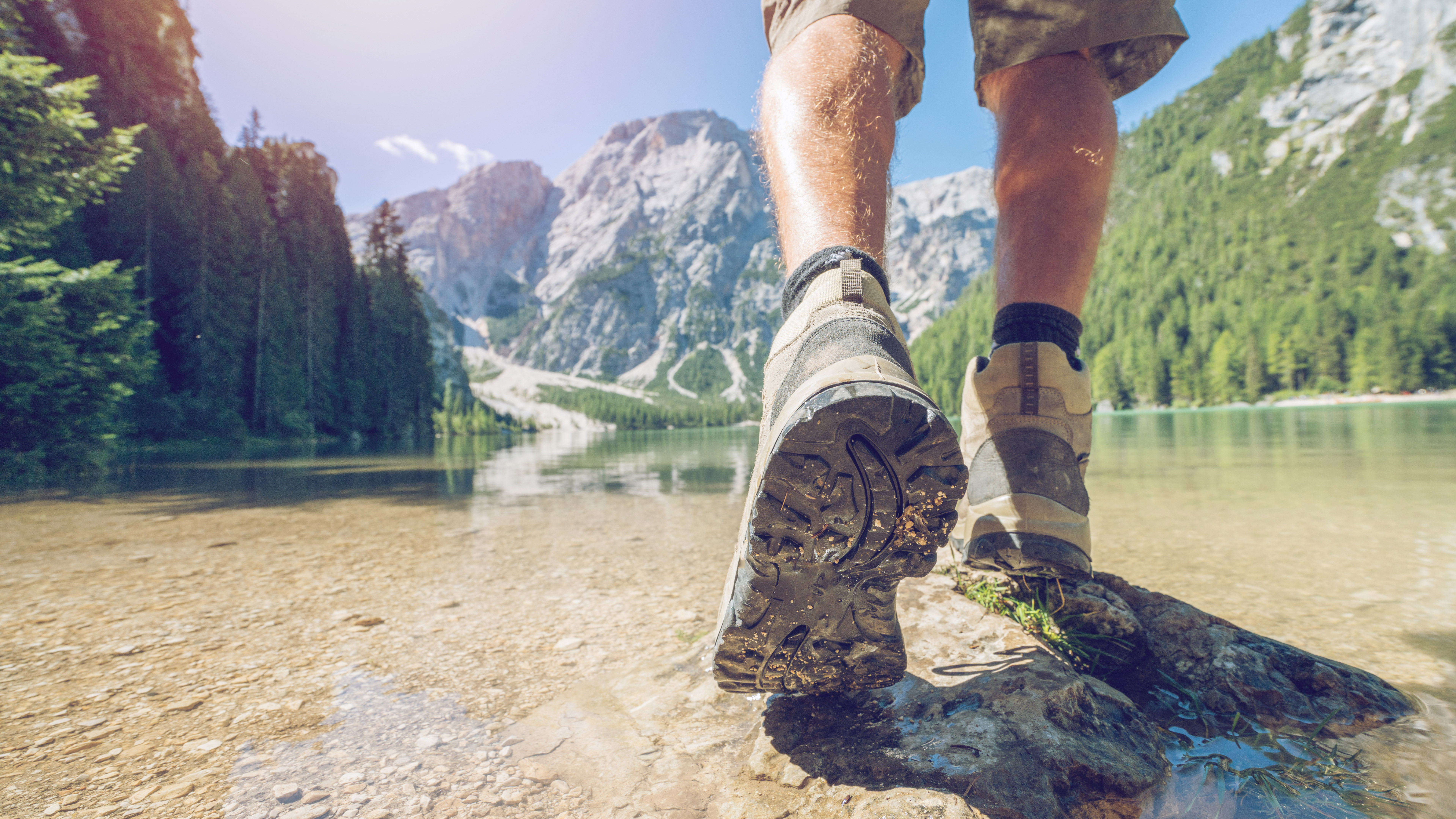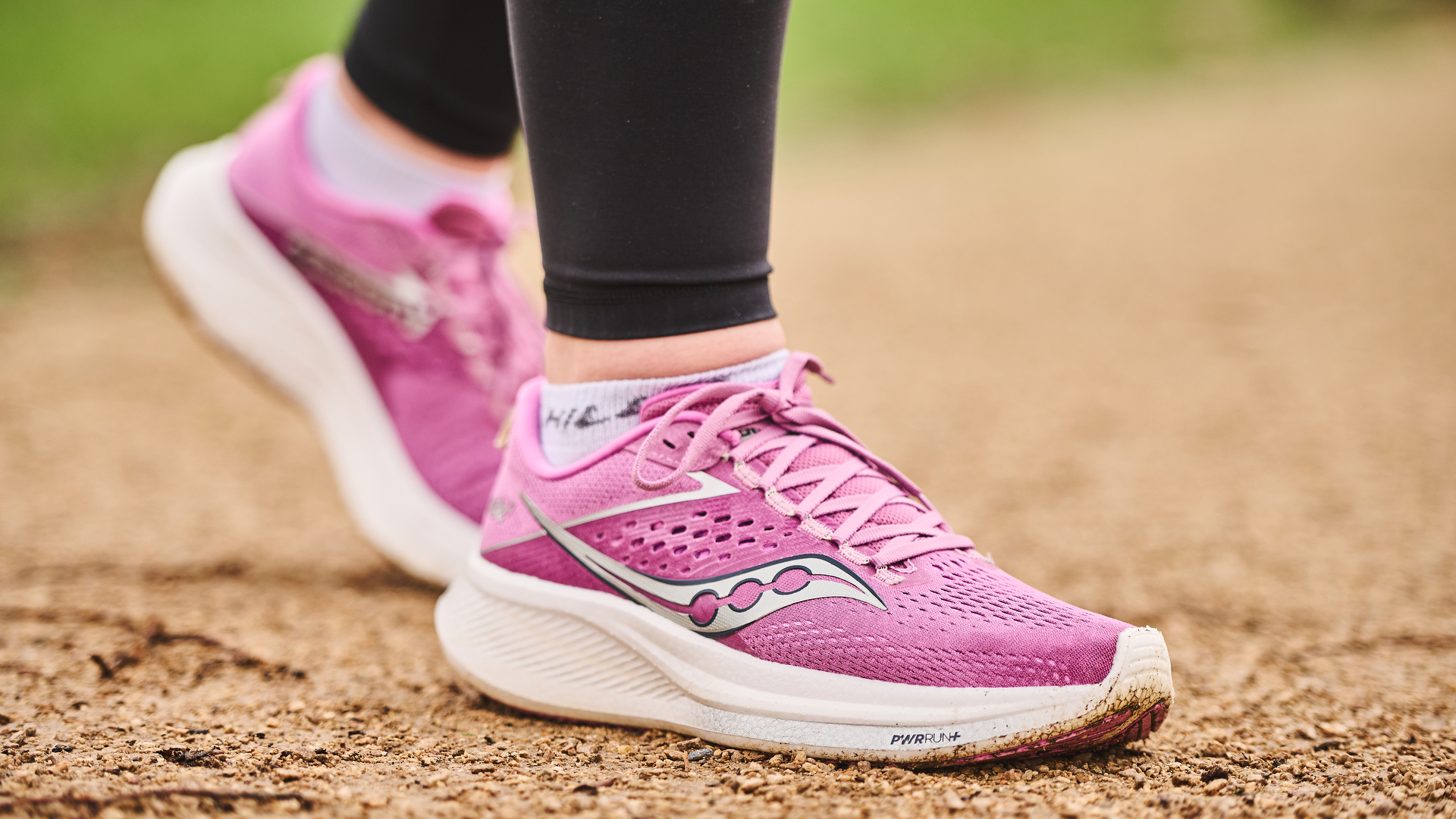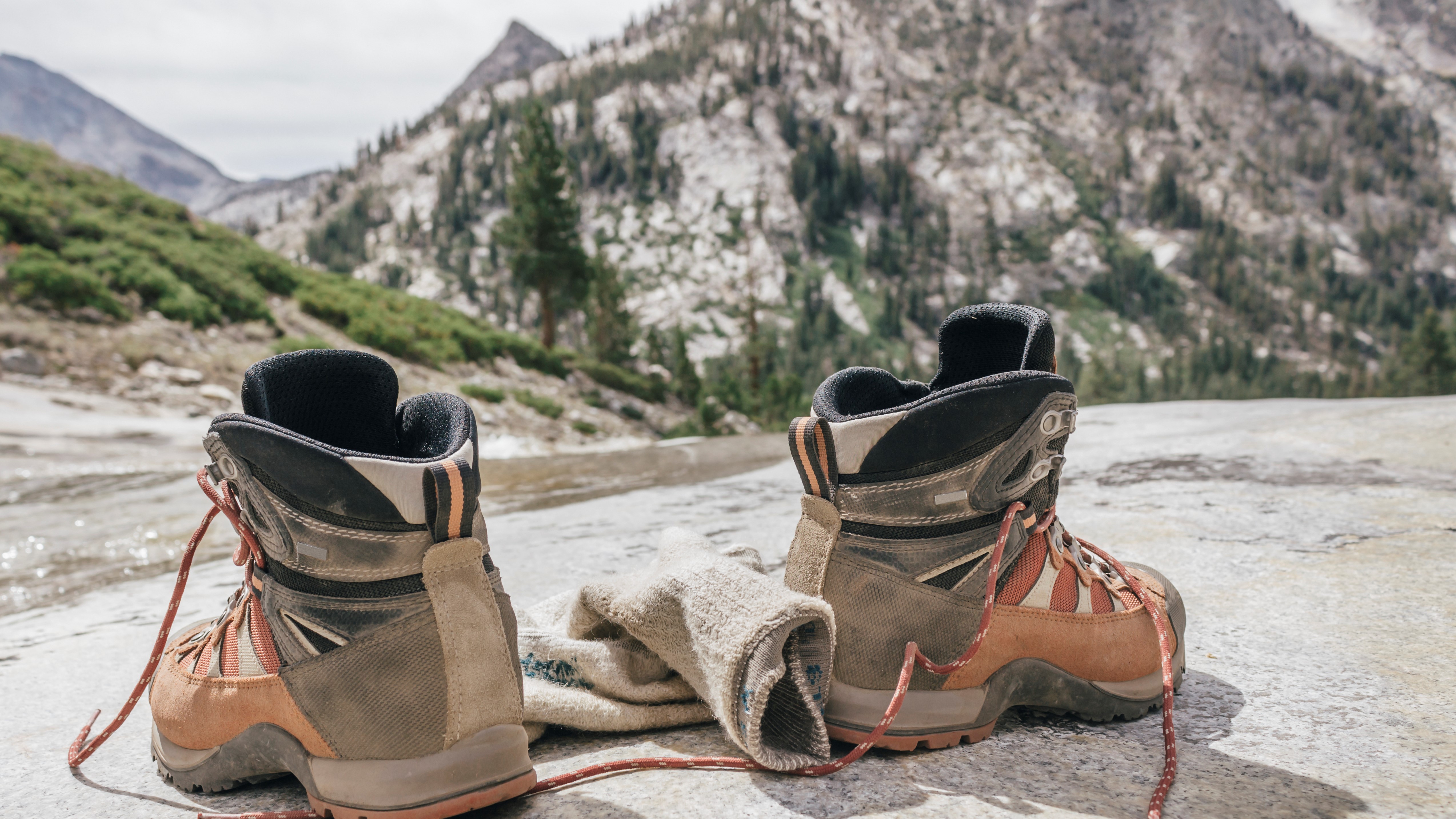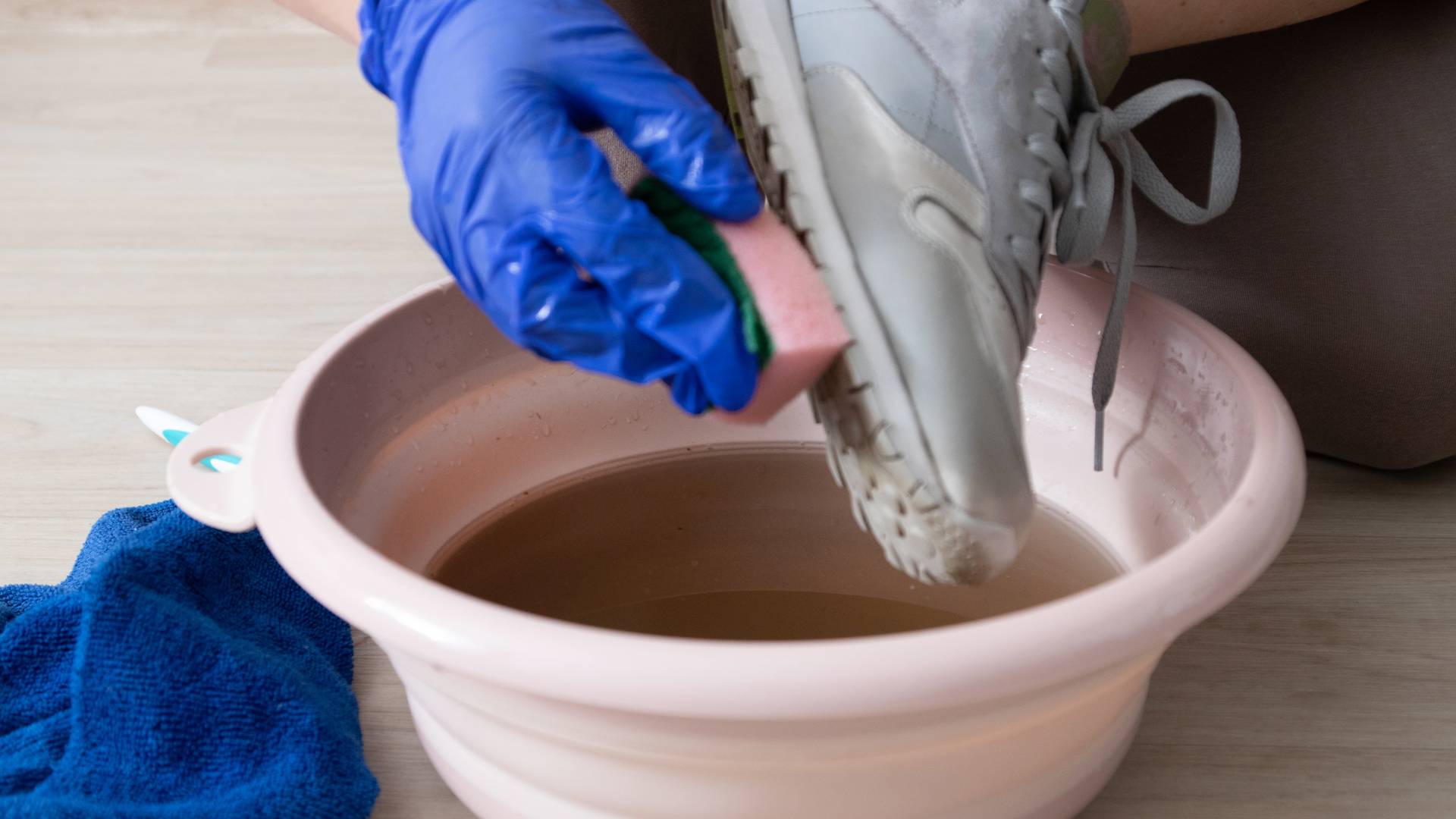Why did the sole come off your hiking or running shoe? And how can you prevent it from happening again?
Once you’ve splashed out on a great pair of hiking or running shoes, the last thing you want is for them to come apart at the seams

Sometimes, when your road running shoe develops a small hole between the upper and the sole, it’s annoying but something you can ignore for a while without any issue. When you’re two days into a three-day backpacking trip and the sole of your hiking boot comes off, however, it’s nothing short of a disaster. This footwear issue can be a major hurdle for those of us who like to hit the trail at any pace, and its implications can range from expensive to dangerous if you’re left without any protection for your foot.
So why did the sole come off your running or hiking shoe – and how can you prevent it from happening again? In this article, we take a look at some of the causes of sole separation, how to avoid it, and what to do if it happens to you on the trail.

Why does sole separation occur?
In the days of yore, the soles of your hiking boots or running shoes would be stitched to the uppers, and while this technique does still exist, it’s more often found in high-end leather dress shoes and occasionally expensive hiking boots such as the Danner Mountain Pass.
Stitching shoes together takes skill, time and resources, all of which costs money. For mass-produced athletic shoes made using synthetic materials, it’s both easier and less expensive to use heavy duty glue to attach the outsole and midsole of your shoes to the upper, in a process known as “cemented construction.”
If you grab your favorite pair of running shoes right now and take a look, you’ll probably see that attached to the mesh upper is a thick, foam sole. This is the midsole and it’s typically made using EVA foam; its job is to provide you with bounce and protection. Attached to that with the same glue will be a rubber outsole to give you traction and grip when it’s slick out.
The midsole is the part of your shoe that causes the problem by detaching from the upper and there are several reasons why it can detach mid-hike or run.
- Heat: Hot temperatures and the sun’s UV rays can cause the glue to weaken. This isn’t a problem for hiking or running in the heat, but may occur if you store your shoes somewhere warm or in direct sunlight.
- Time: It may not surprise you that the simple passage of time can also be responsible for your midsole breaking down, however you should expect your footwear to last between five and 10 years.
- Lack of use: Though you might think overuse of your boots or shoes could be the problem, it’s often footwear that’s been left in storage for years and then pulled out for occasional use that’s the issue. The lack of use causes the midsoles to stiffen, then when you use them they may be more likely to pull away.
- Improper use: Many shoe manufacturers warn that using your shoes for an activity other than their intended purpose could be the issue. There are shoes that can cross over multiple activities, such as trail running shoes which can be used for hiking, but you might find that lightweight road running shoes don’t hold up well to the demands of a rocky trail and separation could occur.
- Poor fit: Wearing shoes or boots that are too narrow for you can place pressure on the upper (as well as causing blisters and pain) and cause the seam between the upper and midsole to essentially burst.
- Machine washing and drying: Are you one of the many who loves the convenience of chucking your running shoes in the washing machine to rid them of their stains and funk? If so, this may well be at the root of the problem, with the abundance of water, fraction of the spin cycle and heat all wearing away at the glue and midsole.

How can you prevent your shoe sole from separating?
Hiking boots and running shoes aren’t just pricey – it can take a while to find the perfect pair. Once you’ve splashed out on a pair that is comfortable when you’re putting in the miles, the last thing you want is for them to come apart at the seams, literally. As you can see, though you might just get very unlucky with a pair of shoes, quite a lot of the problem is behavior-related, which means there are preventative measures you can take to keep marching along the trail.
All the latest inspiration, tips and guides to help you plan your next Advnture!
- Proper storage: Like all of your outdoor gear, it’s key to store your boots in a cool, dry place when you’re not using them. Give them a wipe down after every use and store them away from direct sunlight.
- Proper fit: For hiking and running shoes, always size up by at least a half size to give your room to swell, and if you know your feet run wide, shop brands that cater to a wider foot such as Brooks for running shoes and Hanwag for hiking boots.
- Hike and run more: The good news is that since underuse can be one of the culprits, using your shoes more is an effective way to offset their degeneration. Hit the trail more often, or if you can’t, wear your shoes around town every so often to keep the midsoles supple.
- Choose wisely: Naturally, a good quality shoe made by a reputable brand should in theory hold up better than a cheaper shoe, but some brands are investing in ways to reduce the likelihood of sole separation. We recently reported on the Keen Targhee IV, which is made using a new mechanical process that's designed to make that particular headache a thing of the past, creating a bond the company claims is "stronger than glue". The boot's outsole, midsole, and upper are joined using a combination of heat and pressure, to fuse them into one single piece.
- Clean by hand: When your shoes are muddy or smelly, resist the convenience of machine washing and drying them. Read our guides on how to clean hiking boots and how to wash running shoes without ruining them for a more longevity-focused approach.

What can you do if your sole separates on the trail?
If you’re out on the trail and your sole separates, it’s not great news, especially if you’re far from the trailhead. The best thing you can do is examine your footwear before heading out to see if any of the seams look a bit shaky because once the sole separates, there really isn’t an instant fix.
You could carry a tube of super glue, which we do recommend in our guide to emergency hiking repairs, but it may not actually work and unfortunately, your best bet is to wrap duct tape around your shoe which doesn’t just look bad, it can compromise your ability to walk and grip. If you find yourself in this predicament, slow down and use your trekking poles for support.
When you get home, check the warranty on your shoes. If they’re quite new, most companies should offer to repair or replace them. It’s also helpful to use your Garmin watch to track how many miles you’ve put in while wearing any pair of shoes, so you can gauge whether the problem is faulty construction, or you’ve just worn them out.
For an older pair of shoes or boots that you want to hang onto, you may be able to get them resoled before your next hike or run.
Julia Clarke is a staff writer for Advnture.com and the author of the book Restorative Yoga for Beginners. She loves to explore mountains on foot, bike, skis and belay and then recover on the the yoga mat. Julia graduated with a degree in journalism in 2004 and spent eight years working as a radio presenter in Kansas City, Vermont, Boston and New York City before discovering the joys of the Rocky Mountains. She then detoured west to Colorado and enjoyed 11 years teaching yoga in Vail before returning to her hometown of Glasgow, Scotland in 2020 to focus on family and writing.

